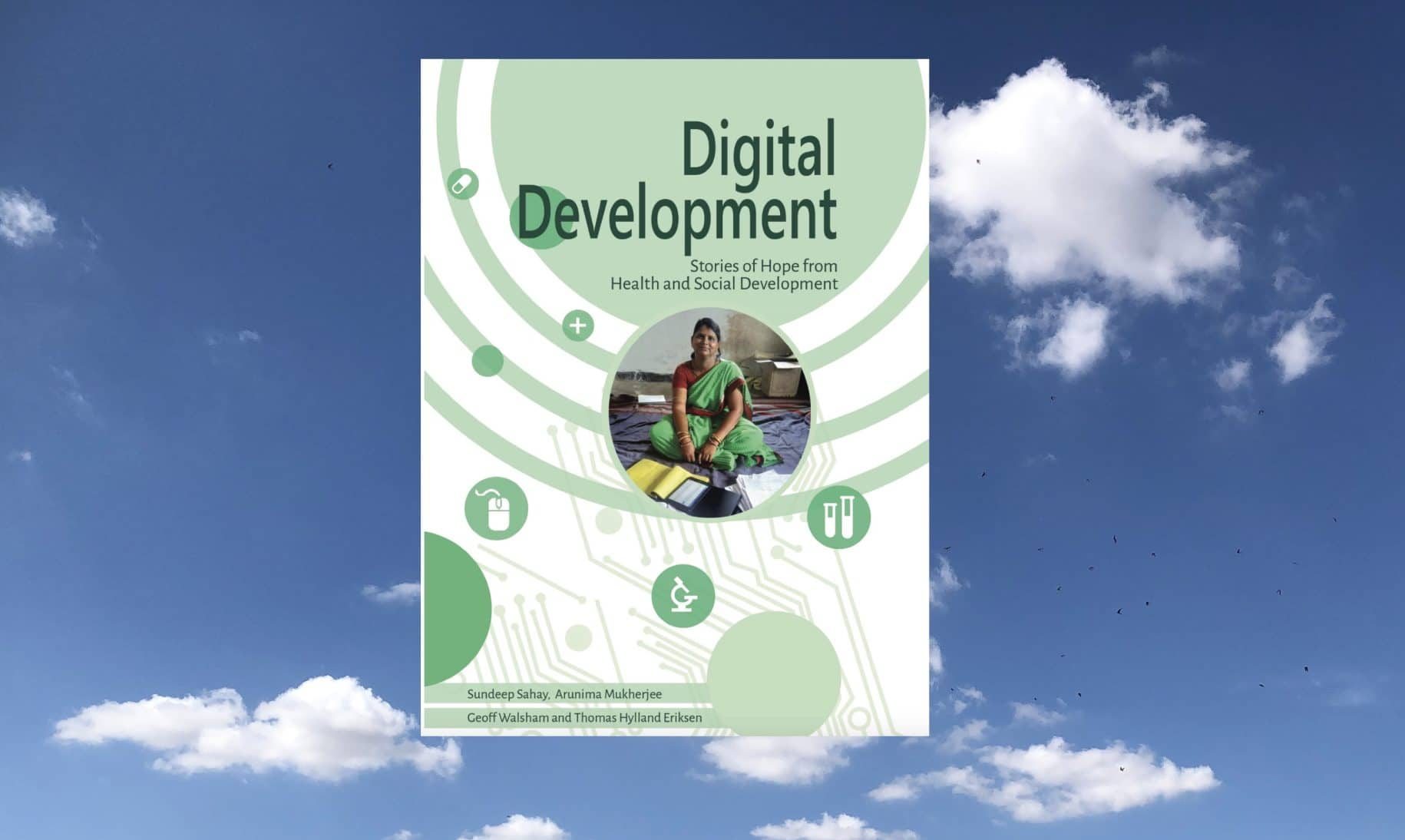 Trish Greenhalgh is professor of primary care at the University of Oxford. She is on twitter
Trish Greenhalgh is professor of primary care at the University of Oxford. She is on twitter
New technologies in health and social care are always a pain, right? They get introduced top-down by people who don’t understand front-line work, with the promise that they will increase the efficiency of our jobs—but those hopeful dreams are never fulfilled. In reality, technologies slow our work down; they divert us from our clinical roles into menial data entry tasks; and they allow faceless bureaucrats to monitor and manage us from a distance.
If that’s your experience of new health and care technologies (and it’s often been mine), you probably need to read this book. Its authors—two (a computer scientist and a human geographer) from India and two (an anthropologist and a socio-technical systems scholar) from Europe—are fully aware of the gap between what they call ‘high modernist ideology’ and on-the-ground reality. But they ask us to bear with them as they recount some hopeful narratives.
No technology is ever introduced seamlessly in a complex socio-technical system.
A key point made early in the book is that short-term ‘failure’ may contain the seeds of longer-term success, though these may initially be hard to spot. No technology is ever introduced seamlessly in a complex socio-technical system. Rather, people need to learn to use and trust it; pathways and technologies need to be mutually adapted; if front-line staff are being asked to do additional work (e.g. complete templates) to make the jobs of back-office staff (e.g. data aggregation and audit) easier, resources need to follow that work.
In a chapter about the introduction of a failed mother and child tracking system (MCTS) in India in the early 2010s, for example, Mukherjee and Sahay describe the worthy initial vision—moving from a numbers-based (“20 infants were immunised in this clinic today”) to a name-based (“infant X was immunised today and the procedure can be tracked to his individual patient record”) system—and the frustrating early months after its introduction. Front-line auxiliary nurse midwives (ANMs) found themselves working (unpaid) late into the night in internet cafés transferring data from paper records to the new (and distinctly clunky) web-based electronic system, which was linked to government performance targets and financial sanctions and public shaming for those who failed to meet them. For a host of material and logistical reasons including inadequate training and supervision, material challenges (such as having to scroll down dozens of screens to find where to enter today’s data), technical glitches and shortages of key consumables, data quality on the MCTS remained low despite the punitive targets.
Up to this point, the story has a familiar and negative ring to it. But Mukherjee and Sahay exhort us to go beyond a narrow and binary definition of success (such as percentage of data fields completed or level of system usage) and look for what they call ‘invisible gains’. Ethnographic work showed that whilst the authorities saw the new system entirely in terms of the greater surveillance it enabled, the ANMs themselves gradually came to appreciate that whilst this particular electronic system was not fit for purpose, electronic recording of individual patient data was clinically beneficial as they could now see immediately which infants had been immunised and when. This information, to the extent that it was complete and accurate, allowed them to plan and control their day-to-day work more tightly and make a major difference to local morbidity and mortality figures. All they needed was a better-designed electronic system—and they were now hungry for such a system.
But this story is not a happy-ever-after tale of the MCTS being replaced with a bottom-up, co-designed system that supported creative, flexible front-line work. The gains were subtler and more long-term. Between 2010 and 2014 the government of India remained more interested in top-down goals (surveillance, monitoring) than bottom-up ones (empowering front-line work). The new mother and child information system which replaced MCTS in 2015 was an improvement but not a revolution, and it, too, generated some important negative lessons.
…digital systems by themselves will not guarantee positive outcomes…
As the authors comment (page 27), “…digital systems by themselves will not guarantee positive outcomes. They need to be bolstered by changes in models of governance and of implementation that ensure increased decentralization. There must be active, free-flow mechanisms that allow designers and users to interact, for only through such symbiosis will designers be able to intimately understand the context of use.” Over a period of 15 years, government and senior administrators of the MCTS and its successor began to learn this hard lesson. This learning fed indirectly into the design of a new, multi-component national electronic health records system across India—not just for maternal and child health but also for other aspects of patient care.
Much of that system remains a work in progress, but Mukherjee and Sahay describe one hopeful story-fragment. When in 2021 they returned to the site of their earlier fieldwork, they saw how ANMs who had embraced the potential of the MCTS a decade earlier had quickly grasped the potential of a new electronic system for logging and monitoring COVID-19 vaccinations. Based on a very similar data task to MCTS, but offering a smoother and faster technical interface, the COVID-19 vaccine database allowed them to record name-based data on shots and boosters as well as enabling each citizen to choose a convenient time and place to receive their vaccine.
By supporting a digital system which gave citizens and front-line staff some control over local practices, the state paradoxically also achieved its own ultimate objective—high uptake of the intervention and high data capture for monitoring purposes. Commenting on this finding, the authors distinguish two forms of power that come with technological innovation: ‘power over’ (the top-down authoritarian power to monitor and punish front-line staff) and ‘power to’ (the bottom-up empowerment of front-line clinicians). Rather than these kinds of power being mutually exclusive, the latter may be the best route to the former. Now there’s a lesson for us all.
Featured book: Sahay S, Mukherjee A, Walsham G, Hylland Eriksen T, Digital development: Stories of hope from health and social development, Rugby, Practical Action Publishing, 2022, ISBN 978-1-78853-206-8
Featured background photo: Blue sky, by Andrew Papaniktas, 2022






